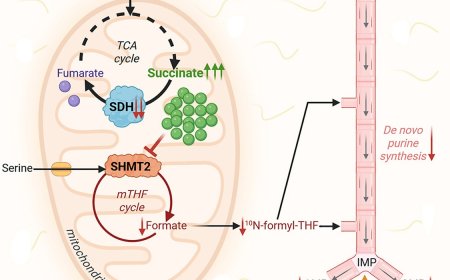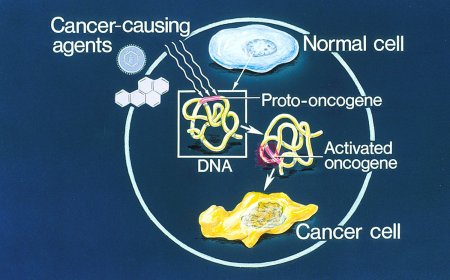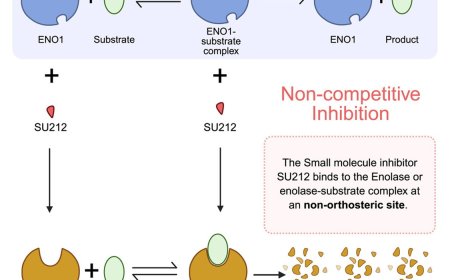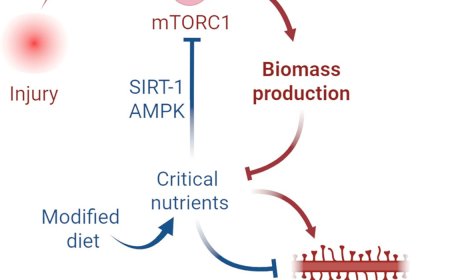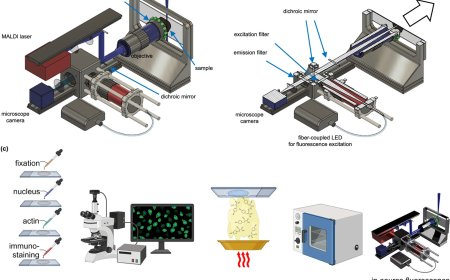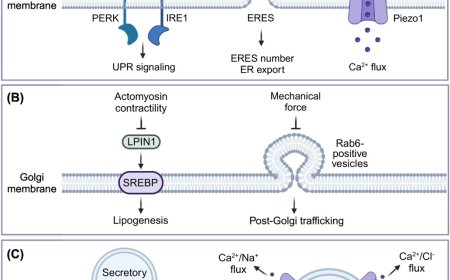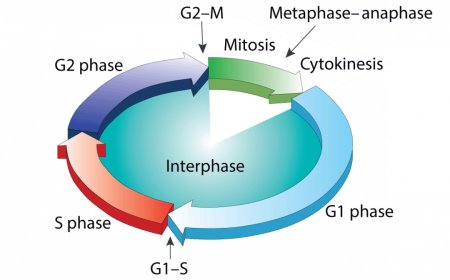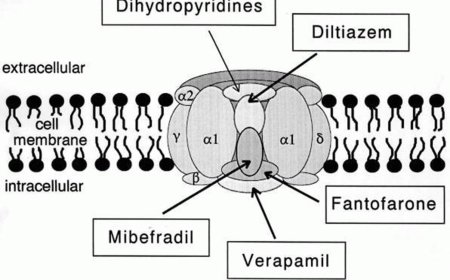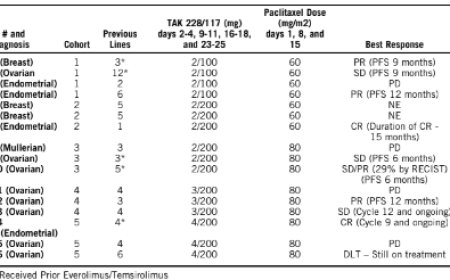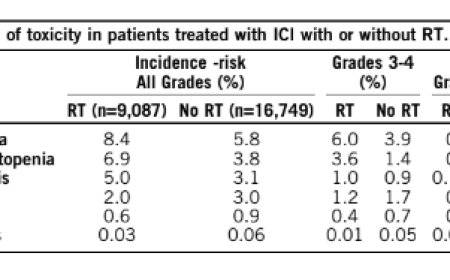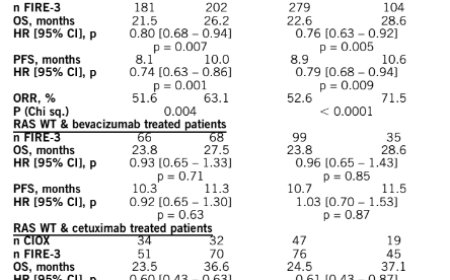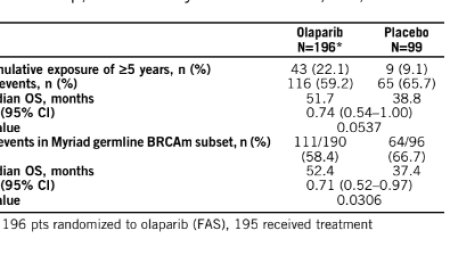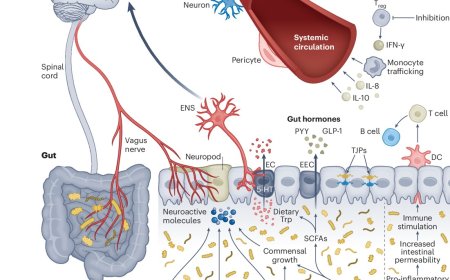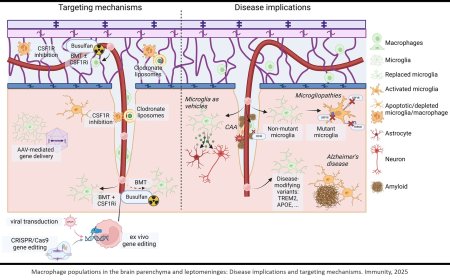Eukaryotic transcriptome surveillance using a nuclear RNA degradation code
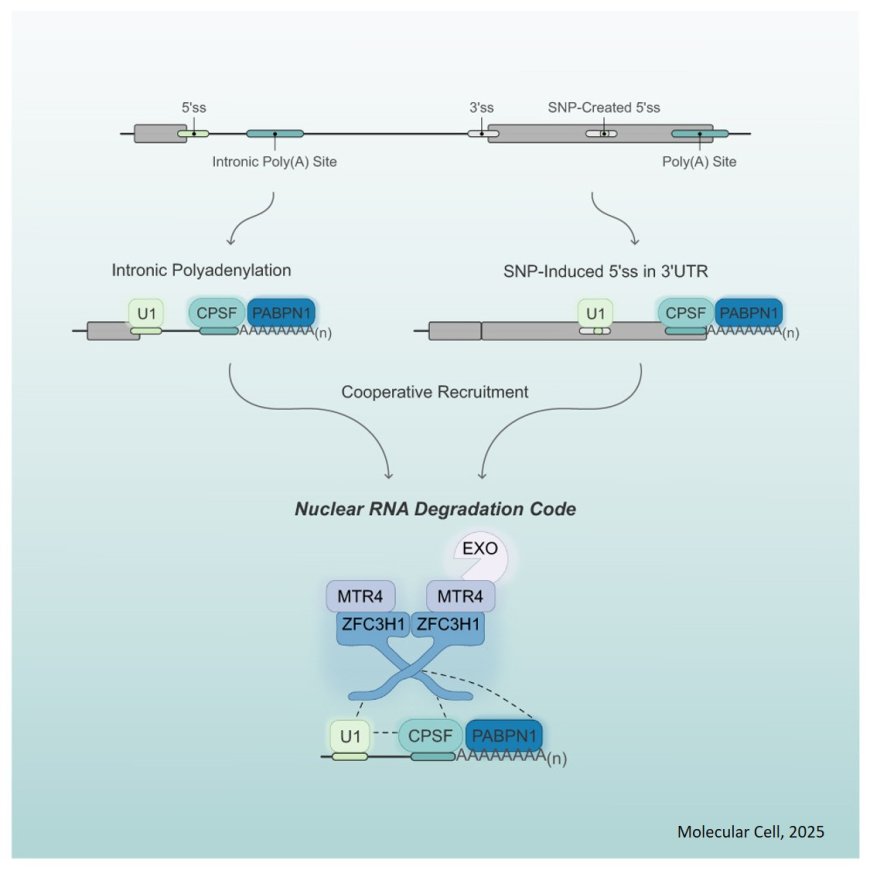
How RNA exosome specifically recognizes targets in eukaryotic RNA degradation is not well understood.
The poly(A) tail exosome targeting (PAXT) connection is a nuclear adaptor that recruits the exosome to polyadenylated RNAs, especially transcripts polyadenylated at intronic poly(A) sites.
The researchers in this study show that PAXT-mediated RNA degradation is induced by the combination of a 5′ splice site (ss) and a poly(A) junction (PAJ) but not by either sequence alone. These sequences are bound by U1 small nuclear ribonucleoprotein particle (snRNP) and cleavage/polyadenylation factors, which, in turn, cooperatively recruit PAXT.
As the 5′ ss-PAJ combination is typically absent on correctly processed RNAs, it functions as a “nuclear RNA degradation code” (NRDC). Importantly, disease-associated single nucleotide polymorphisms that create novel 5′ ss in 3′ untranslated regions can induce aberrant mRNA degradation via the NRDC mechanism.
https://www.cell.com/molecular-cell/fulltext/S1097-2765(25)00203-5
